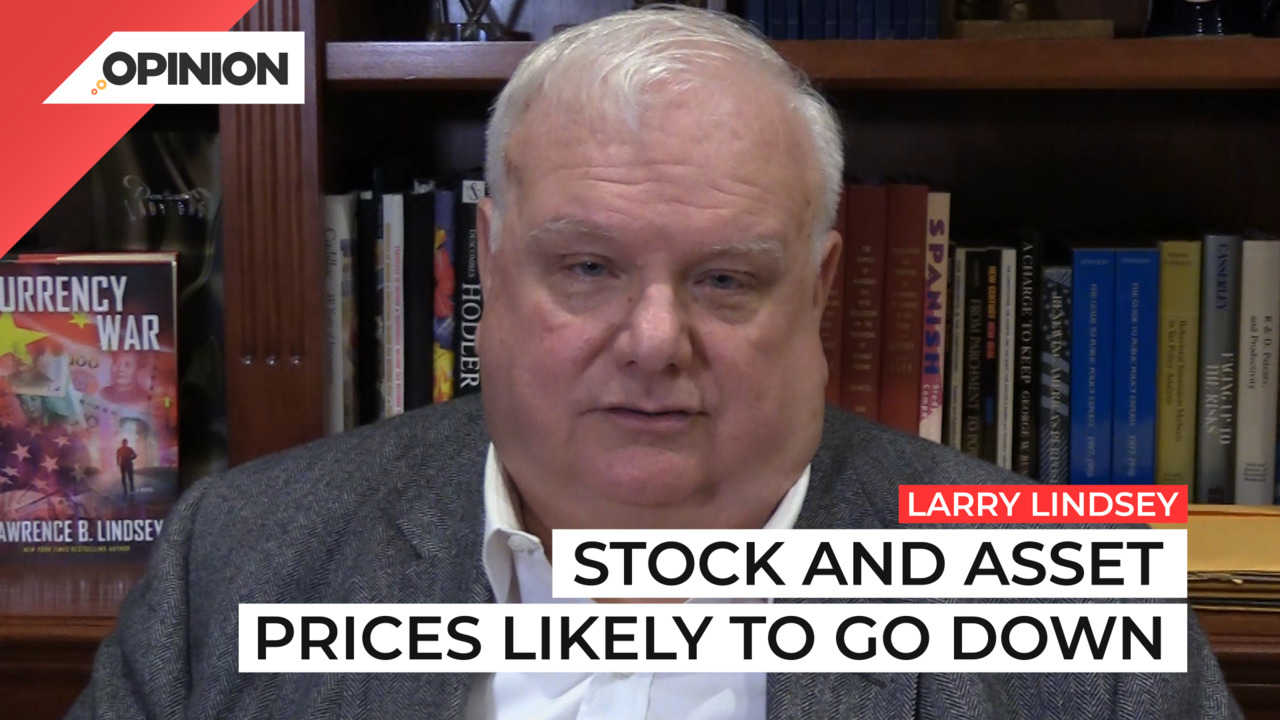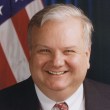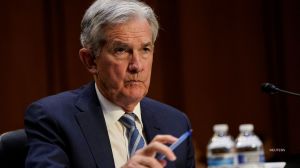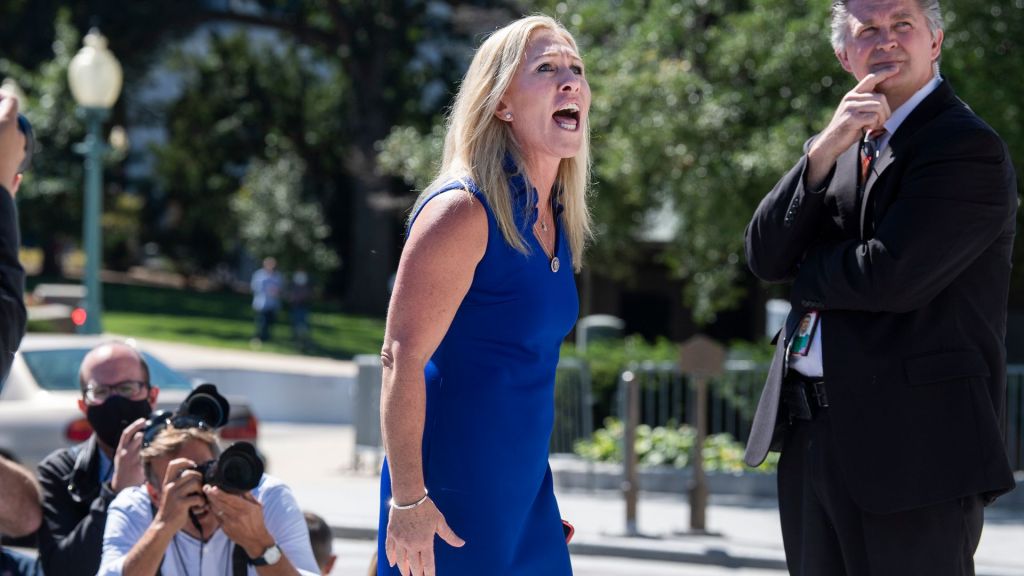
Commentary
-
Our commentary partners will help you reach your own conclusions on complex topics.
I’ve spent 40 years here in the swamp, I mean, DC. And the most important thing I’ve learned is that decisions are largely made by institutional credibility. Institutions have self interests just like people do. And they end up pursuing them, even though they’re not a single individual, it’s a group. We just saw that with regard to Chairman Powell speech at Jackson Hole, Wyoming. The problem was the Federal Reserve, and the chairman had lost a lot of credibility. At their July meeting, the chairman gave a press conference in which he really didn’t sound very serious about fighting inflation, or more precisely, markets did not believe he was serious. Probably the most difficult line he said, was that a two and a half percent federal funds rate which they had just gotten to, was the neutral level. Well, that’s really not true. The two and a half percent neutrality assumes we have only 2% inflation. But we don’t have 2% inflation, we have 8% inflation. So saying two and a half percent was neutral, was kind of ridiculous, and it was confusing two markets. So to restore credibility, first, the Feds send out a lot of speakers to quote clarify. And then in Jackson Hole, Chairman Powell clarified it himself and I quote, in current circumstances, with inflation running far above 2%, and extremely tight labor markets, estimates of long run neutral are not a place to stop. In case you missed it, that means we’re going to raise rates going forward and probably raise them a lot. Powell said a few other things. Some people in markets speculated that they were going to move away from their 2% target inflation rate. And that would allow them to target higher inflation and do less rate increasing. He explicitly said that was not going to happen. Second, Powell said we’re going to have a sustained period of below trend growth. What that means is a long period of recession or semi recession. And he said that really was not going to stop the Fed. And third, he said, we are in for pain, in the form of higher unemployment, pain to businesses. He called these unfortunate costs. But they were not as bad as what would happen if the Fed didn’t act message. The Fed is willing to tolerate pain in the economy, in order to carry out his anti inflation message. It was a powerful speech. The markets now believe him. On the day of the speech, the Dow Jones Industrial Index fell 1000 points and has been dropping ever since. In addition, the Fed is taking money out of the system by getting rid of some of the bonds that had bought in what’s called the quantitative easing period. It’s now lowering the amount of bonds they hold by almost $100 billion a month. Well, quantitative easing sent asset prices up. Now we have quantitative pricing. It’s not hard to figure out if they’re doing the opposite of what sent stock prices up. It’s likely to send stock prices and other asset prices down. So Chairman Powell has regained institutional credibility. People in the real world should realize that and should adjust their own behavior accordingly.
-
College sports is big money but not everyone benefits
March Madness has wrapped up and Caitlin Clark has emerged as a household name as well as a wealthy student athlete. Earning over $3 million throughout her college career, her success stands in stark contrast to the previous notion that collegiate athletes shouldn’t earn anything beyond their scholarship. Straight Arrow News contributor Larry Lindsey examines…
-
Biden’s EV math just doesn’t add up
In March, the Biden administration issued a new directive requiring U.S. automakers to cut the average carbon emissions of their fleets by almost 50% before 2032. That order is one component of President Biden’s larger goal to cut total U.S. carbon emissions in half by 2030. A primary method for reaching these goals will involve…
-
President Biden just isn’t cool
For some Americans, politics is only about policy, while others prioritize core values, ideas, aspirations or beliefs. Still, for others, politics may be a reflection of culture, where voting serves as a symbolic act to proclaim cultural group identity. But for some Americans, who they vote for and support is more of a popularity contest,…
-
Federal Reserve policy should be more restrictive
The American economy is booming, with high GDP growth, record-low unemployment, and wage gains for median workers. Over the past few quarters, U.S. economic growth indicators have consistently outperformed official projections. But the U.S. Federal Reserve recently conceded that its policies might be too restrictive, hindering the full potential of the U.S. economy, which the…
-
Celebrate tight labor market, but don’t cut interest rates
While President Joe Biden has been celebrating U.S. economic success, many Americans are still unhappy about the economy. So who’s right? The most recent jobs report for February showed that while the unemployment rate rose slightly to 3.9%, job gains were higher than expected, with the total coming in at 275,000 versus the expected increase…
Latest Opinions
-
 Getty Images
Getty Images
Italy curbs solar panels on agricultural land
-
 Reuters
Reuters
Fmr. Fed president: If the Fed wants 2% inflation, they have to raise rates
-
 Reuters
Reuters
Russia labels Ukraine's F-16s nuclear threat, warns of French involvement
-
 Getty Images
Getty Images
Poll: Most Americans concerned over media's election night coverage
-
 AP Images
AP Images
Republicans want answers after Biden admin halts Israel bomb shipments
Popular Opinions
-
In addition to the facts, we believe it’s vital to hear perspectives from all sides of the political spectrum.



